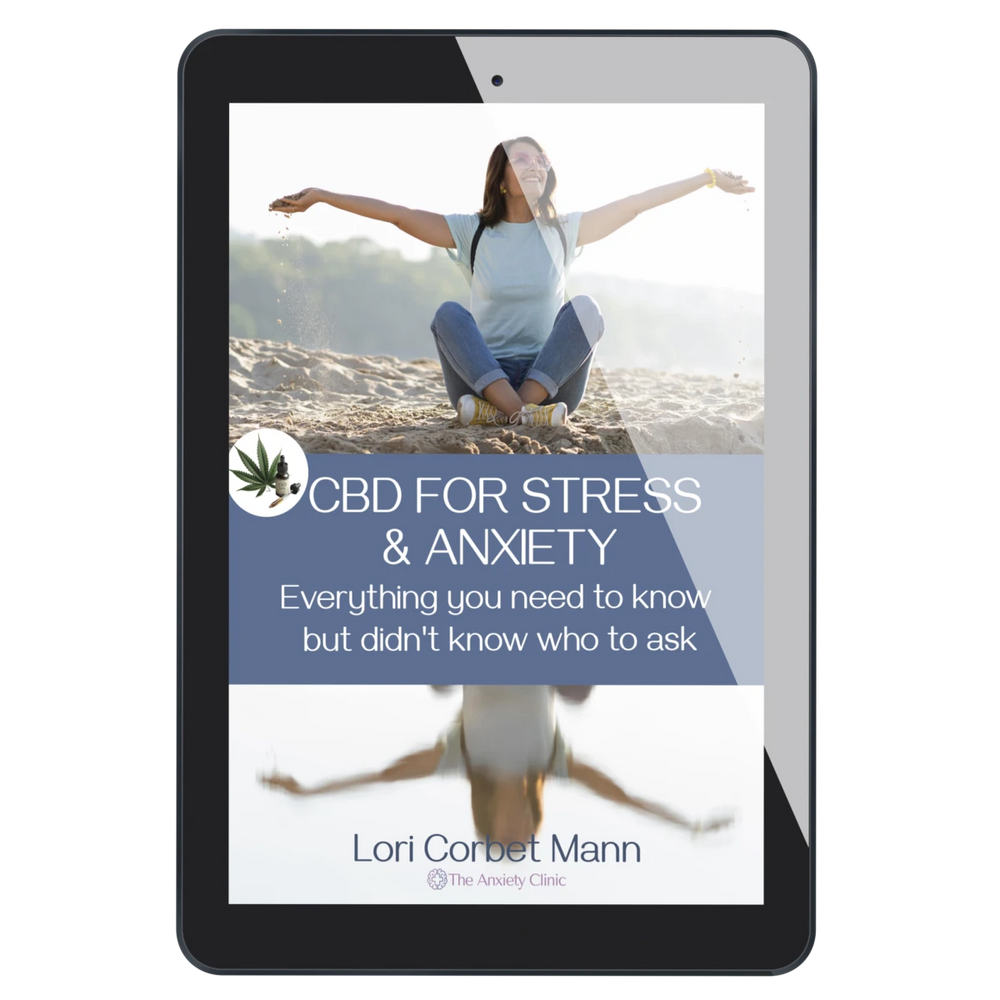
The Negative Impact of Online Content Personalisation (and How to Mitigate It)
In today’s digital age, personalisation has become an integral part of our online experience. From tailored advertisements to customised recommendations, the internet strives to provide us with content that matches our preferences and interests. However, while personalisation can enhance convenience and engagement, it can also have a significant influence on our mental health. In this article, we will explore how personalisation affects anxiety levels and discuss effective strategies to manage and reduce its impact.
The Link Between Personalisation and Anxiety
1. Information Overload The abundance of personalised content bombarding us can lead to information overload. This constant influx of data and recommendations can overwhelm individuals, causing anxiety and stress.
2. Fear of Missing Out (FOMO) Personalisation often creates a fear of missing out on important information or experiences. When we see others receiving personalised content that appears beneficial or exciting, it triggers a sense of exclusion, leading to anxiety and a fear of being left behind.
3. Social Comparison Personalised content can intensify social comparison. When we receive customised content showcasing others’ achievements or seemingly perfect lives, it can trigger feelings of inadequacy, leading to anxiety and low self-esteem.
4. Echo Chambers Personalisation algorithms tend to reinforce our existing beliefs and preferences, creating echo chambers. This can limit exposure to diverse perspectives and information, contributing to anxiety by fostering narrow-mindedness and polarisation.
“Personalisation is the automatic tailoring of sites and messages to the individuals viewing them, so that we can feel that somewhere there’s a piece of software that loves us for who we are.” – David Weinberger, Philosopher, Technologist, Author and Speaker
Strategies to Combat Personalisation-Induced Anxiety
1. Conscious Consumption Be mindful of your online behaviour and actively manage the content you consume. Regularly assess your subscriptions, follow diverse voices, and challenge your existing beliefs. Expand your horizons by exploring new topics and perspectives.
2. Digital Detox Take intentional breaks from technology to disconnect from the constant flow of personalised content. Engage in activities that promote relaxation, such as spending time in nature, practicing mindfulness, or pursuing hobbies offline.
3. Customise Your Settings Many platforms provide options to customise your personalization settings. Take advantage of these features to reduce the level of personalised content you receive. Opt for generic recommendations or choose to see a wider range of perspectives.
4. Seek Alternative Sources Instead of relying solely on personalised recommendations, actively seek out content from independent sources, diverse communities, and trusted experts. This helps to counteract the echo chamber effect and provides a broader understanding of different viewpoints.
5. Limit Social Media Use Social media platforms heavily rely on personalisation algorithms. Reduce the time spent on these platforms and be cautious of the social comparisons they promote. Focus on real-life connections and build relationships based on shared experiences rather than virtual validation.
6. Practice Self-Reflection Regularly check in with your emotions and thoughts surrounding personalisation. Understand how it impacts your well-being and identify triggers that contribute to anxiety. Engage in self-reflection and self-care activities to maintain a healthy mental state.
Personalisation in the digital landscape can have profound effects on your anxiety levels. By understanding the potential negative impacts and implementing the strategies discussed above, you can regain control over your online experiences. Remember, striking a balance between personalisation and your mental well-being is crucial. Empower yourself by making conscious choices and seeking a diverse range of perspectives, ultimately leading to a more mindful and fulfilling digital life.



